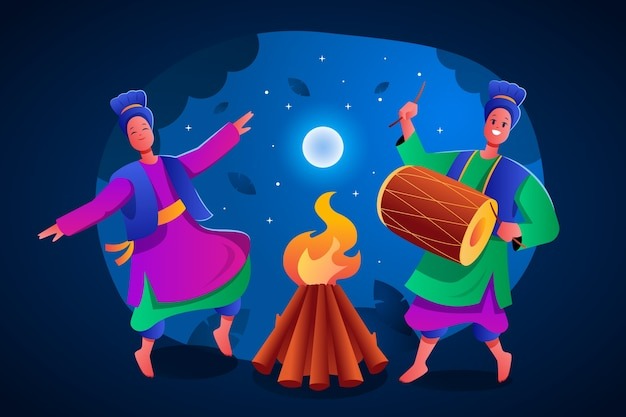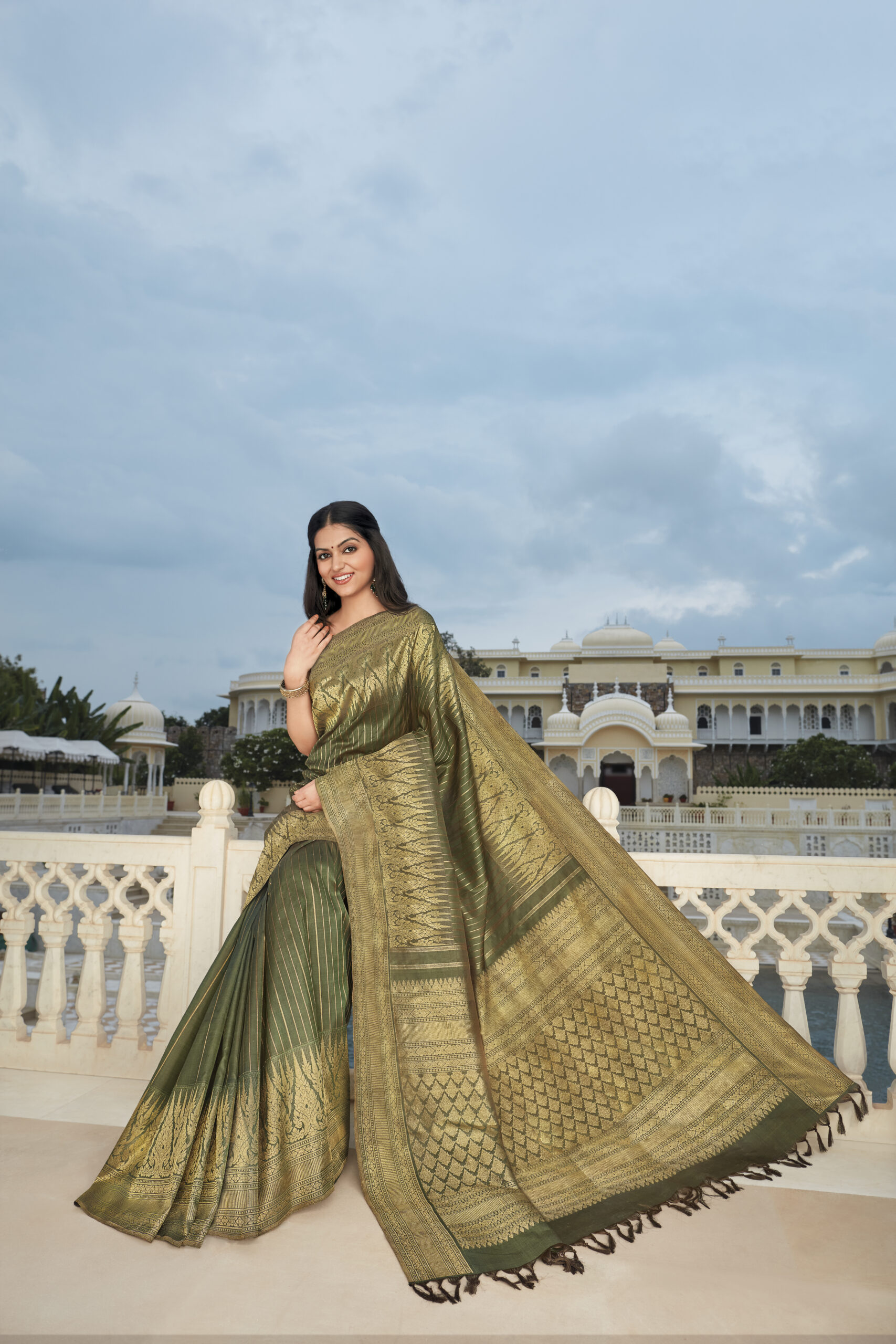Cradle of Subterranean Splendor – Revealing the Royalty of ‘Rani Ki Vav’
0 The ancient Indian buildings are so magnificent. Have you ever stopped to admire them? Countless locations in India captivate visitors with their breathtaking architecture. ‘Rani Ki Vav’, a.k.a. the ‘Queen’s Step Well’, is such a fantastic treat for everyone’s eyes. It is located in the Patan district of Gujarat. Imagine that you are descending deeper and deeper into history, where each step reveals a different tale carved in stone. Stunning sculptures and elaborate carvings surround Rani Ki Vav, transforming it from a mere stepwell into an underground masterpiece. The Splendid Architecture Queen Udayamati constructed this stepwell on the banks of the River Saraswati as a memorial to her beloved husband, Bhima I. He was a king of the Chalukya dynasty in the 11th century. Those who got an opportunity to witness this unique architecture might be astounded by the peculiar upside-down structure, which serves as a temple that highlights the holiness of water. The well is designed into seven separate layers of stairs with carved panels containing almost 1500 sculptures representing religious, social, and spiritual imagery. Image Source:Wikipedia The walls are adorned with many female deities and sculptures. Mythical figures such as nagakanyakas, yoginis, celestial women, and others are displayed in the form of sculptures. The stories from Ramayana and Mahabharata are depicted on the walls. In Admiration Of The Realm Of Nature This architectural masterpiece is the best example of the storage-well system followed in the Indian subcontinent. This stepwell offers substantial evidence of the ancients’ veneration and preservation of natural materials since groundwater was the primary source during that period. Unique Style And Structure Rani Ki Vav stands tall and proud among the perfect and most immaculate stepwells in the world. This stepwell is built in Mar Gulijara architectural style, which beautifully exemplifies the most intricate and detailed way of sculpting. The seven levels of the stairs in this structure lead to a deep, circular well. Designations Rani Ki Vav is designated as a national monument, and the Archeological Survey of India has protected it. Rani ki Vav was honoured as the “Most Cleanest and Iconic Place” at the 2016 Indian Hygiene Conference following its addition to the UNESCO World Heritage Site List on June 22, 2014. The pillared pavilions and the ornate panels of these majestic steps evoke admiration for the sculptures and visionaries who toiled tirelessly to finish this work of art. As we return from the site, each visitor becomes part of our country’s spiritual voyage and cultural legacy.




